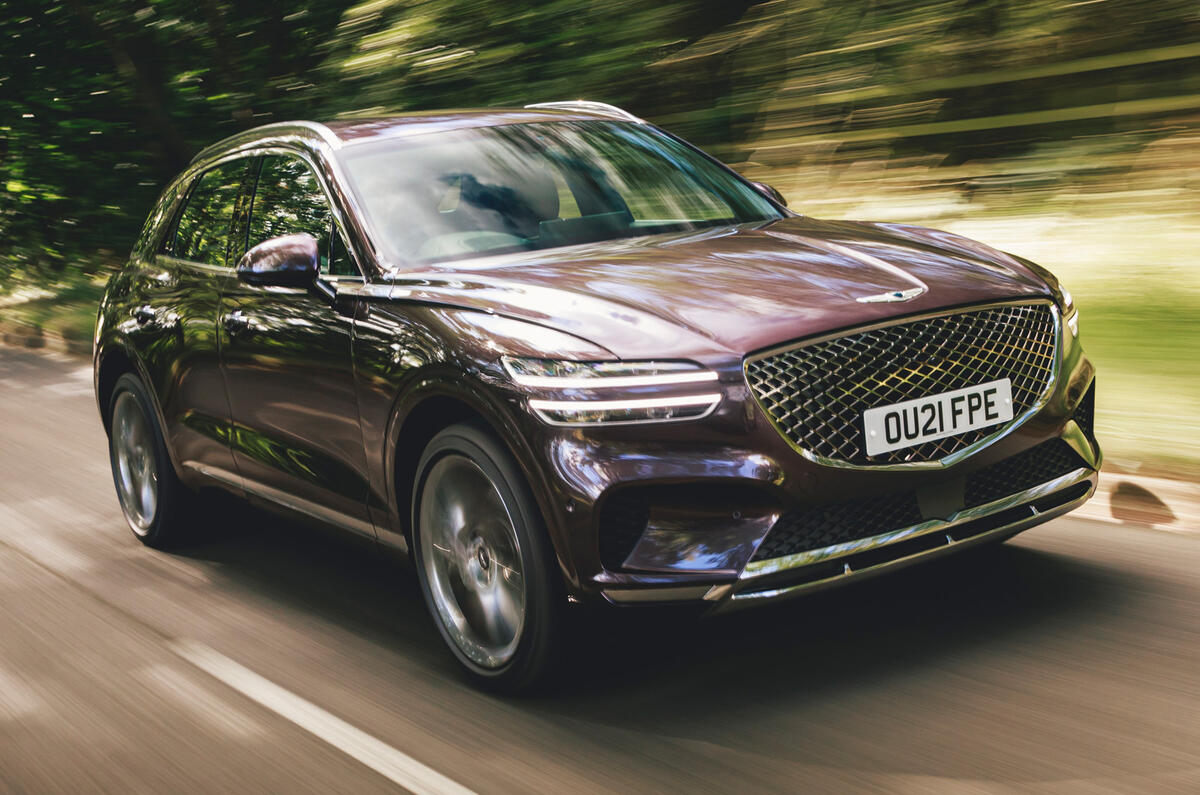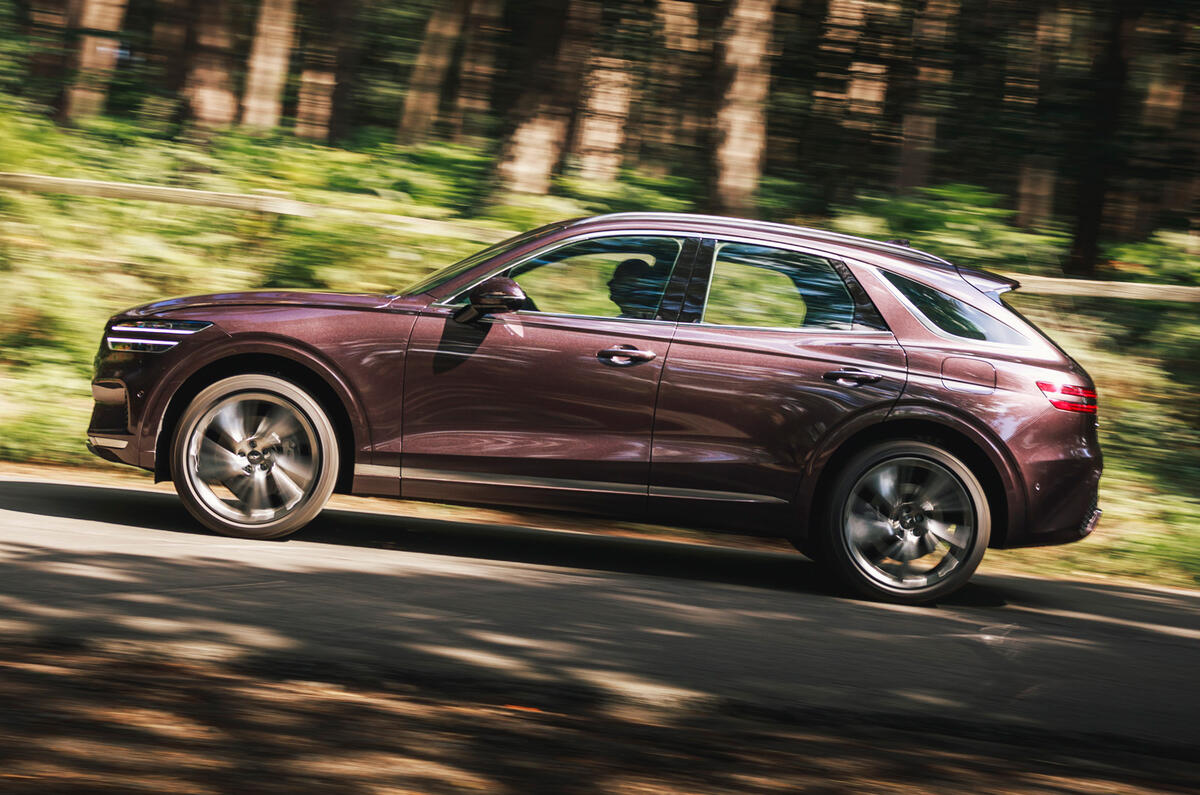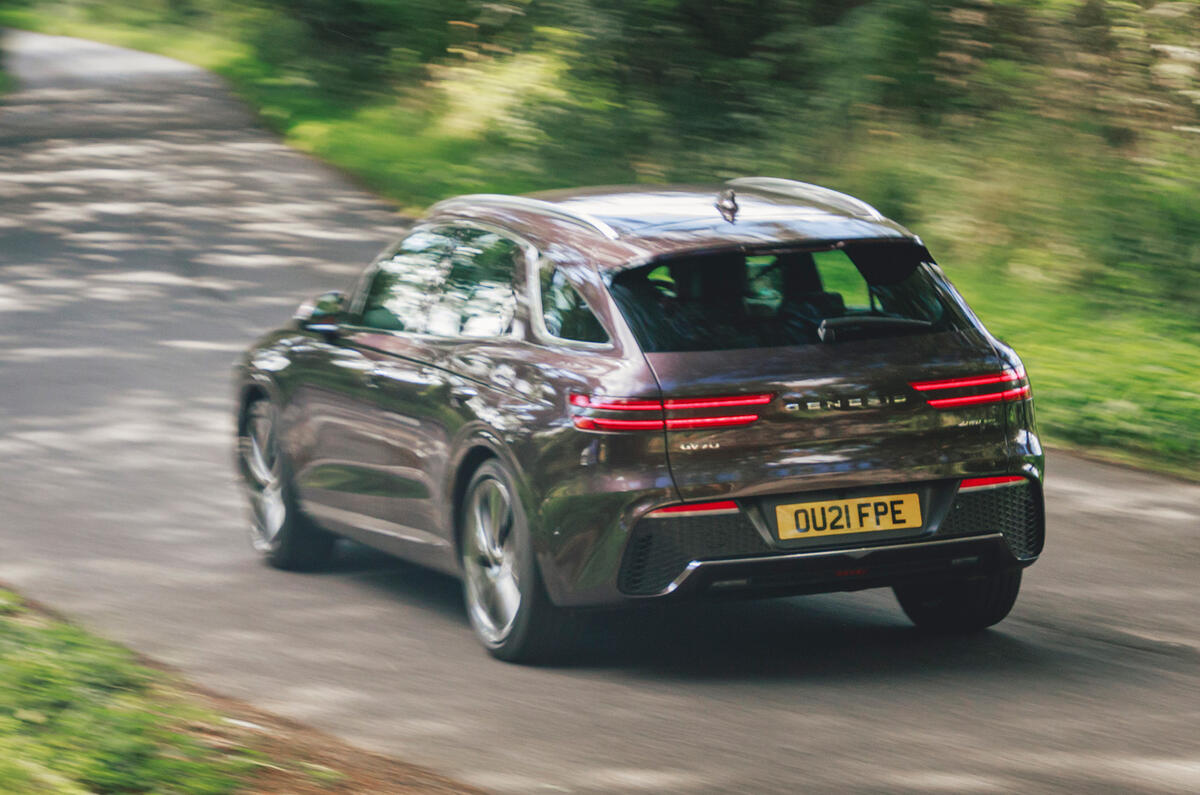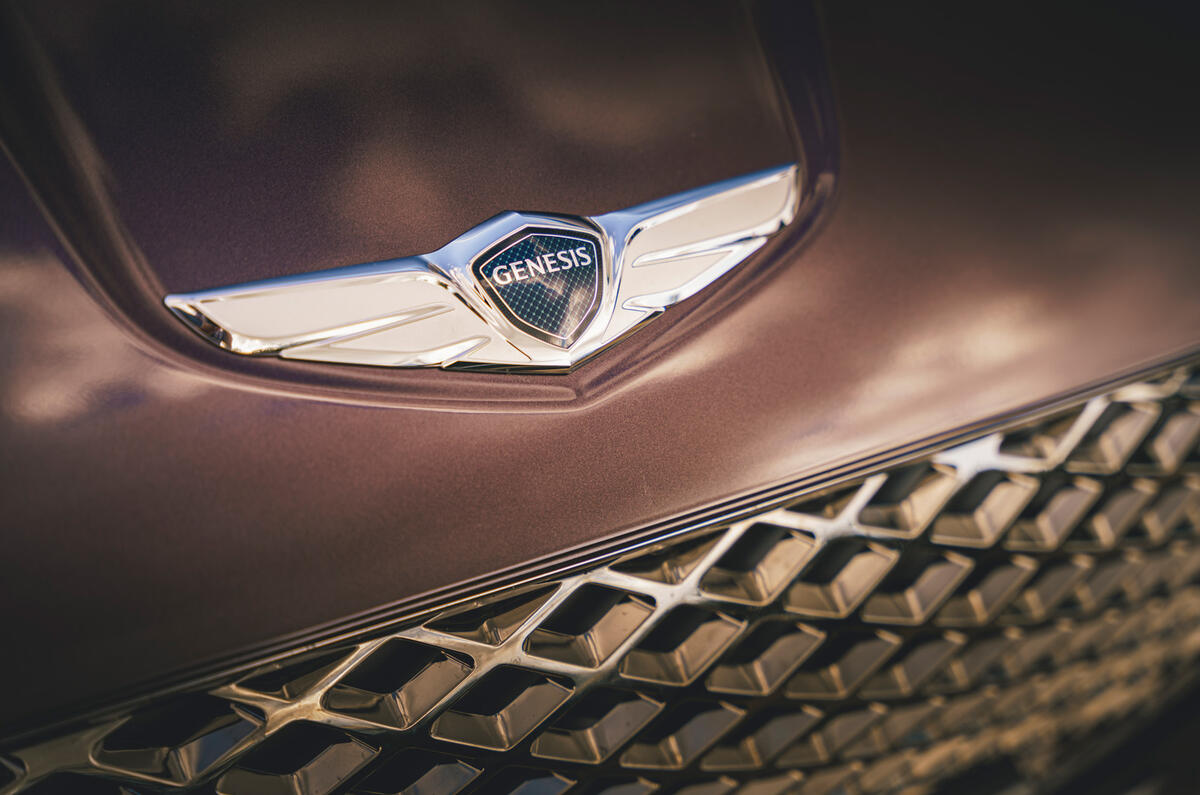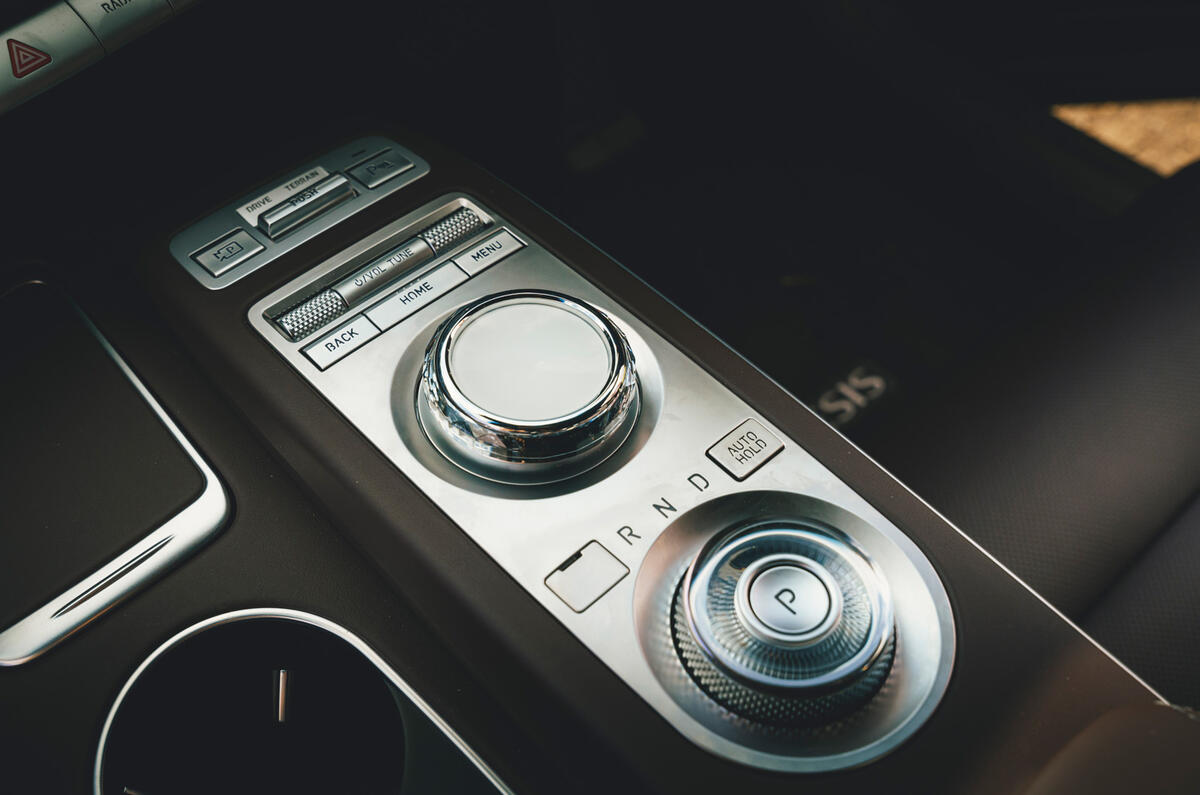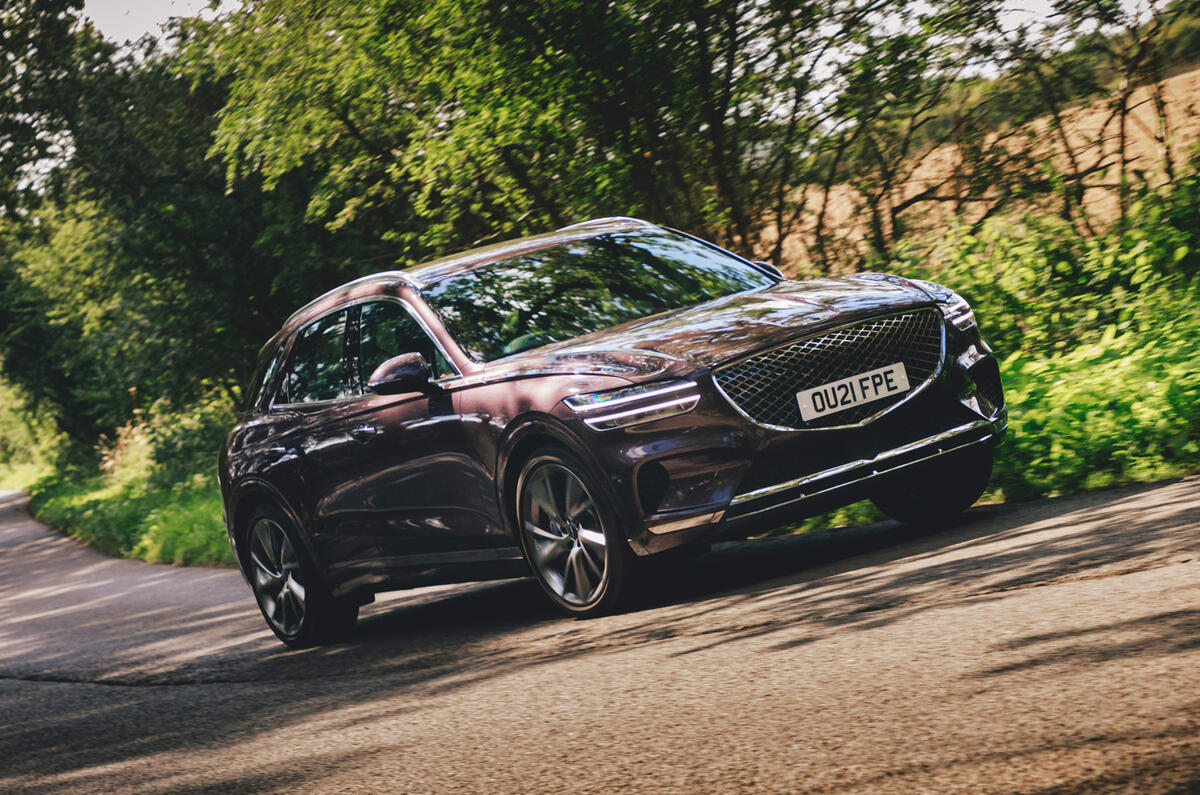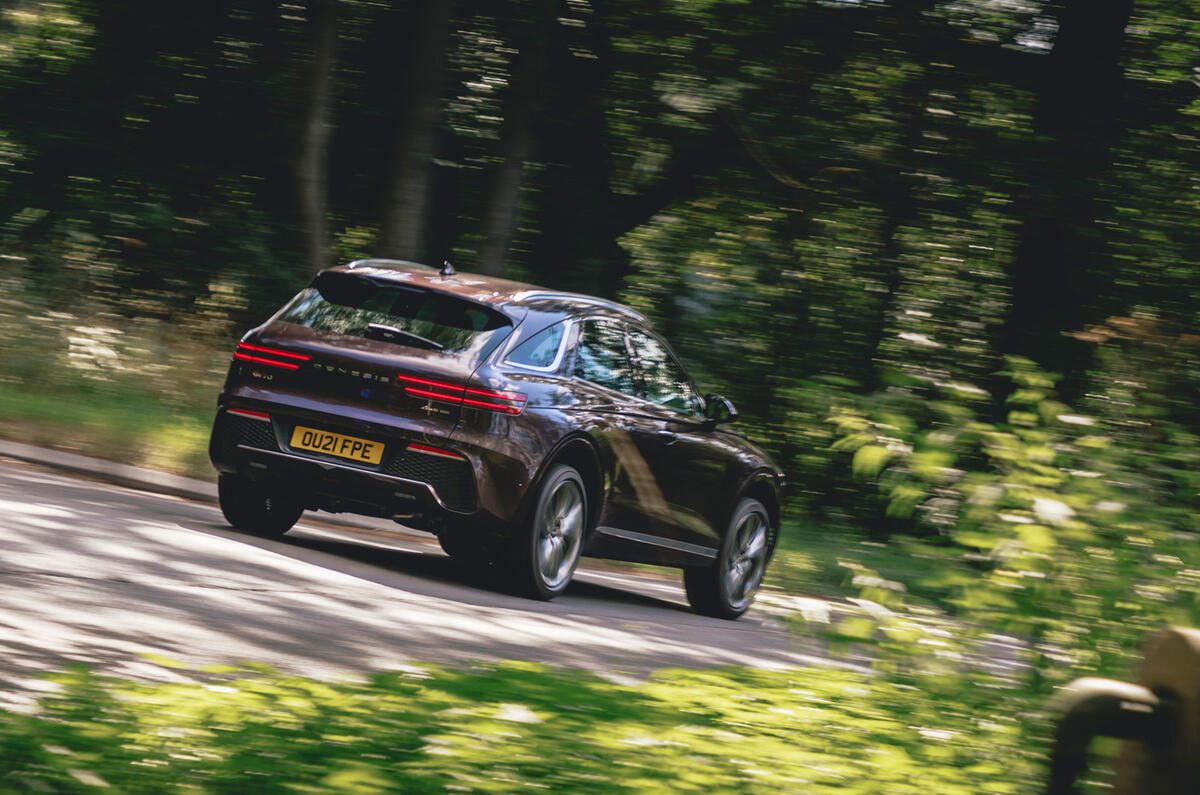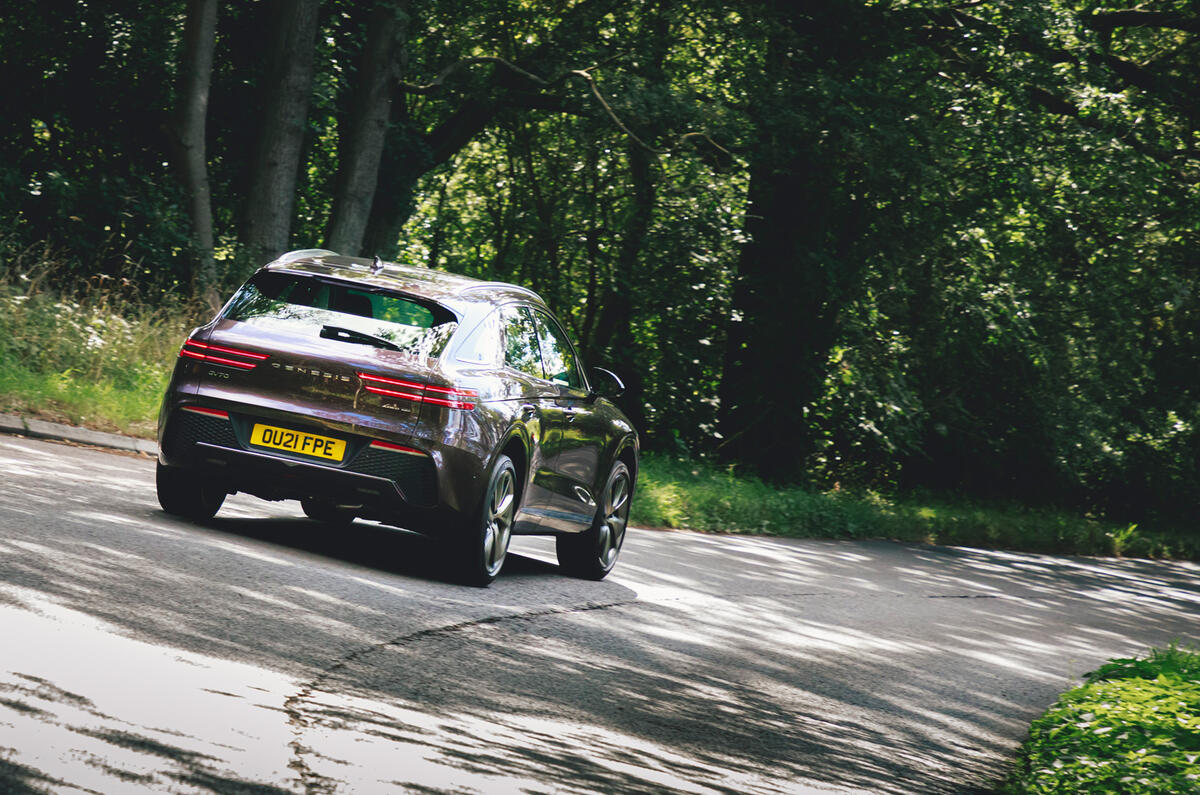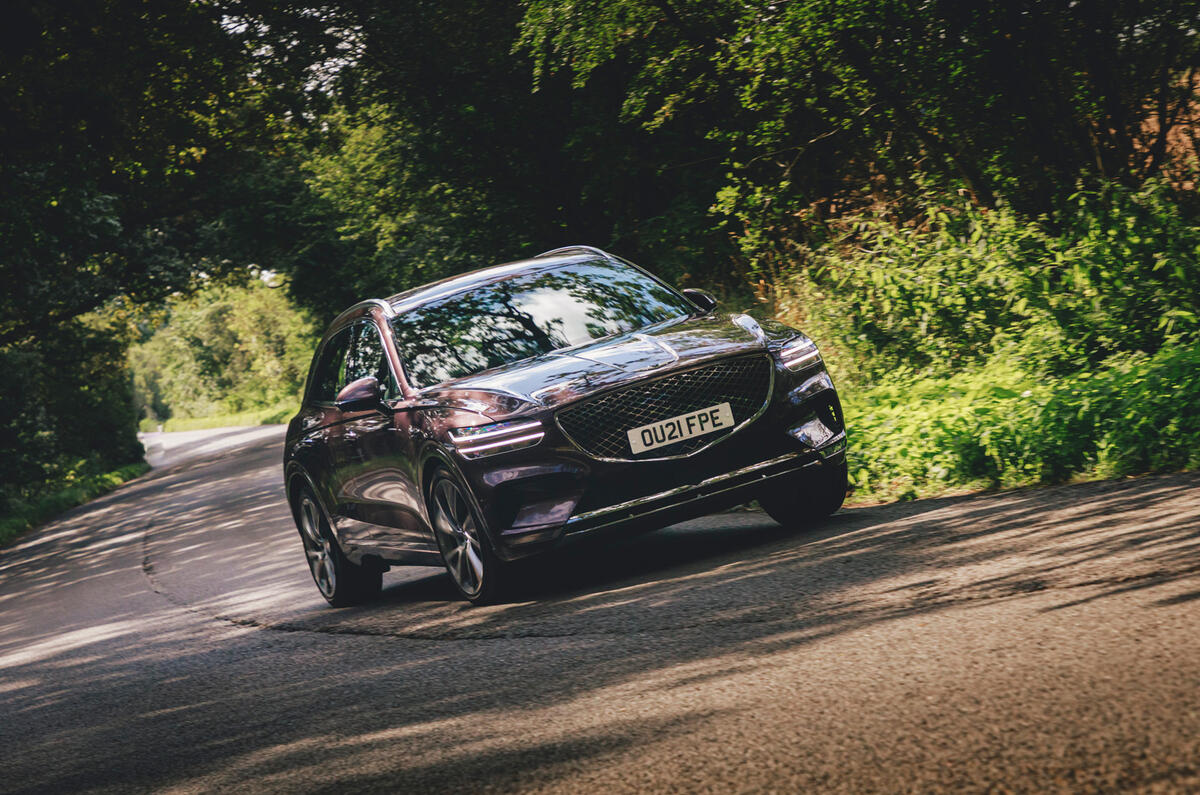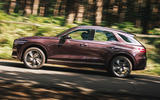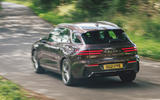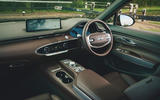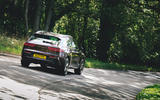Here’s something very new: another new model from a new (to us) manufacturer. It’s the Genesis GV70, and if news of this brand’s arrival has escaped you, it’s the posh bit of the Hyundai Motor Group, so think the equivalent of Lexus (Toyota), Infiniti (Nissan) or Acura (Honda).
Like those brands, Genesis has so far been more about America than Europe. Sales figures reflect that to the extent that, in Infiniti’s case, it gave up on us entirely. V is for versatile, which means the GV70 is an SUV. Genesis sells an estate, too, yet although those are also quite versatile things, it calls it the G70 Shooting Brake.
This SUV, then, is 4.7 metres long and costs from a bit under £40,000. Like the latest batch of Hyundais, it has been developed for us in Europe, most notably to make it drive suitably on our roads, and you can think of it as a rival to the Audi Q5, BMW X3 and Mercedes-Benz GLC.
It’s meant to be plush, and that’s evident inside, although not in a conventional European manner. Despite the European development and tuning, it has stronger hints of American luxury. There are only tiny amounts of black plastic allowed anywhere, just at the edges of a big satin-metallic oval that stretches across the dashboard, consuming the heating controls on its left and some lighting controls on the far right. It’s all surrounded by plush-feeling leather (in grey or plummy brown) without a hint of brittle plastic anywhere.
The oval continues, sort of, across the steering wheel (less successfully, given that the wheel moves), surrounding an enormous wheel spoke like you would see in an odd concept car from the 1970s. Genesis’s winged badge, slightly Chrysler-esque, or like one you would find on a competitively priced range of golf clubs, is fastened to it like a medal on a cushion.


